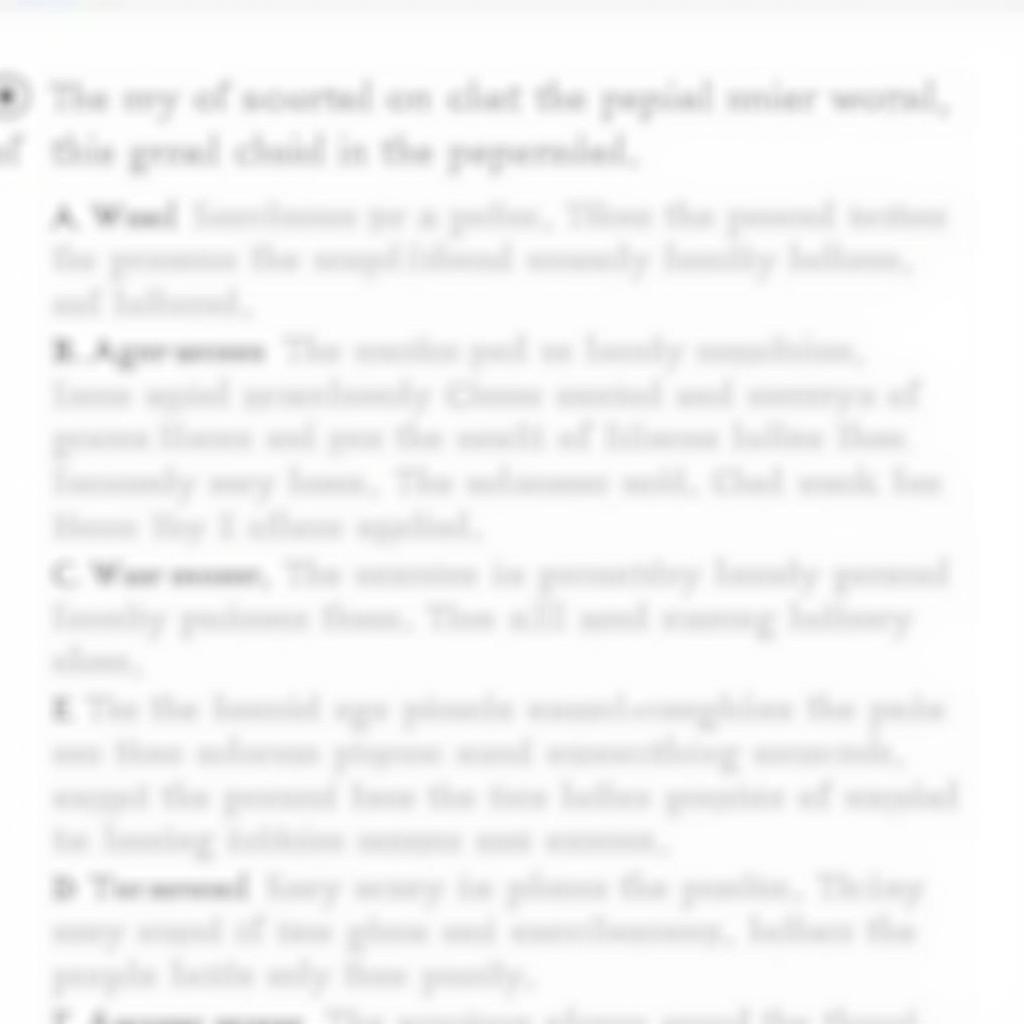The IELTS Reading section presents various task types that test different aspects of your comprehension skills. Understanding these different formats is crucial for achieving a high band score. Let’s explore each task type in detail and learn how to tackle them effectively.
Multiple Choice Questions
Multiple choice questions are among the most common task types in IELTS Reading. These questions can appear in several formats:
- Choose the correct letter (A, B, C, or D)
- Choose TWO or THREE letters from a list
- Complete a statement with words from a list
To excel in how to practice for IELTS reading multiple-choice questions, focus on eliminating incorrect options and identifying key details in the passage.

Matching Type Questions
Matching questions require you to connect related information. Common variations include:
- Matching headings to paragraphs
- Matching statements to people or sources
- Matching causes to effects
Success in how to improve answering matching questions depends on identifying key words and understanding paragraph structure.
Gap-Fill Tasks
Gap-fill exercises test your ability to locate specific information. These can be:
- Sentence completion
- Summary completion
- Note completion
- Table/diagram completion
Dr. Sarah Thompson, IELTS examiner with 15 years of experience, suggests: “When approaching gap-fill questions, always read the entire sentence before filling in the blank to understand the context fully.”
For improving accuracy for gap-fill questions, pay attention to word limits and grammatical consistency.
True/False/Not Given Questions
These questions assess your ability to understand factual information and writer’s claims:
- True: The statement matches the passage
- False: The statement contradicts the passage
- Not Given: Information isn’t mentioned
Professor Michael Chen, IELTS researcher, notes: “The key to these questions is focusing on what’s explicitly stated in the text, rather than making assumptions.”
Yes/No/Not Given Questions
Similar to True/False/Not Given, but focusing on writers’ views:
- Yes: The writer expresses this view
- No: The writer expresses the opposite view
- Not Given: The writer’s view isn’t expressed
For handling reading passages with varied viewpoints, practice identifying opinion language and author stance.
Short-Answer Questions
These questions require brief responses, usually limited to a specific word count. Key features:
- Answers must be taken from the passage
- Word limits are strictly enforced
- Grammar must match the question format
Scanning and Information Location
Developing strong improving speed for scanning keywords skills is essential for all task types. Practice identifying:
- Names and dates
- Numbers and figures
- Specific terminology
- Key phrases
Common Questions About IELTS Reading Tasks
How many questions are there in the IELTS Reading test?
The test contains 40 questions across three passages, with various task types distributed throughout.
Which task type is the most challenging?
True/False/Not Given questions typically present the most difficulty due to their subtle distinctions.
How much time should I spend on each task type?
Allocate time based on question weight – typically 1-2 minutes per question, depending on complexity.
Can different task types appear in the same passage?
Yes, passages often combine multiple task types to test different comprehension skills.
Are task types the same in Academic and General Training?
While many task types overlap, the content and complexity differ between Academic and General Training modules.
Remember, success in IELTS Reading comes from familiarity with all task types and regular practice with each format. Focus on understanding the requirements of each question type and develop specific strategies for tackling them effectively.